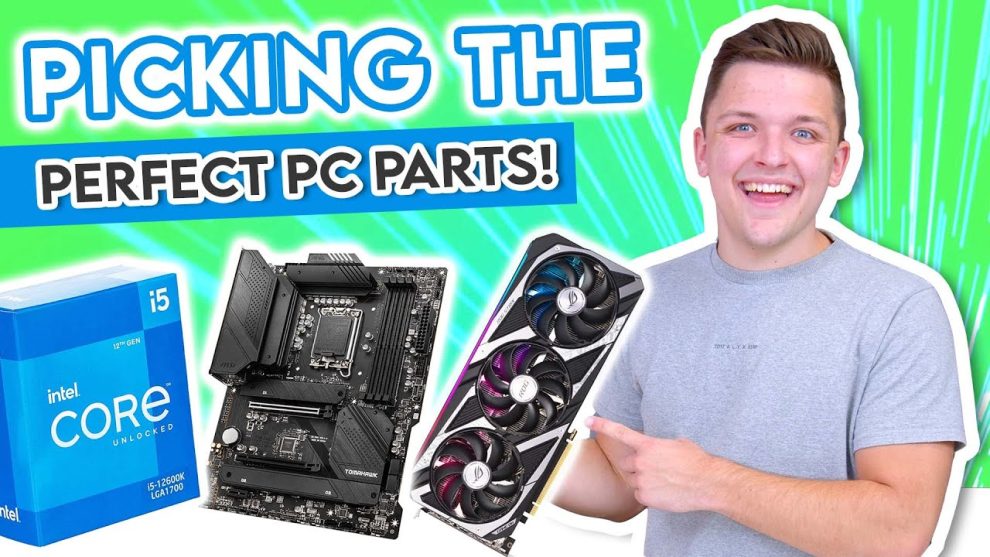Picking parts for a custom gaming PC can be an exciting but daunting task, especially with the vast array of options available. Here’s a roadmap to guide you through the process:
1. Define Your Budget and Needs
Budget: Determine how much you’re willing to spend on your entire PC build. Remember to factor in peripherals like monitor, keyboard, mouse, and headset.
Needs: What type of games do you plan to play? Do you need high-performance for competitive titles or moderate graphics for casual gaming? Do you plan to stream or edit content alongside gaming?
2. Choose Your Core Components
CPU (Central Processing Unit): The brain of your PC, responsible for overall performance. Consider core count, clock speed, and TDP (thermal design power) based on your budget and needs.
GPU (Graphics Processing Unit): Handles graphics rendering, crucial for smooth gameplay. Choose based on game requirements, desired frame rates, and resolution (e.g., 1080p, 1440p, 4K).
RAM (Random Access Memory): Temporary storage for running applications. 16GB is generally recommended for gaming, but consider 32GB for multitasking or futureproofing.
Motherboard: Connects all components and determines compatibility. Choose one compatible with your CPU and other components, with features like overclocking support if needed.
Storage: Choose a combination of SSD (Solid State Drive) for fast boot times and game loading, and HDD (Hard Disk Drive) for larger storage capacity.
3. Consider Other Crucial Components
Power Supply Unit (PSU): Provides power to all components. Choose one with enough wattage (e.g., 500W+) to handle your chosen components and potential upgrades.
Case: Choose a case that fits your motherboard size, has good airflow for cooling, and aligns with your aesthetics preference.
Cooling: Consider CPU cooler options (air or liquid) based on your thermal needs and budget. Case fans also contribute to airflow and system temperature.
4. Additional Considerations
Operating System: Windows 11 is the preferred choice for gaming PCs.
Peripherals: Choose a monitor with refresh rate and resolution matching your GPU capabilities. Consider ergonomic keyboard and mouse for comfort.
Software: Budget for essential software like antivirus and potentially game subscriptions.
5. Research and Compare
– Use online resources like PCPartPicker to compare component compatibility, prices, and user reviews.
– Watch build guides and tutorials specific to your budget and performance goals.
– Seek advice from tech communities or forums for recommendations and troubleshooting.
Remember:
– Balance is key: Prioritize components most impactful for your desired performance, but don’t neglect other aspects like storage or cooling.
– Compatibility is crucial: Ensure all components are compatible with each other before purchasing.
– Futureproofing: Consider potential upgrades you might make in the future and choose components with some headroom.
By following these steps and carefully considering your needs and budget, you can build a custom gaming PC that delivers the performance and experience you desire. Enjoy the process, do your research, and have fun creating your dream gaming machine!
















Add Comment